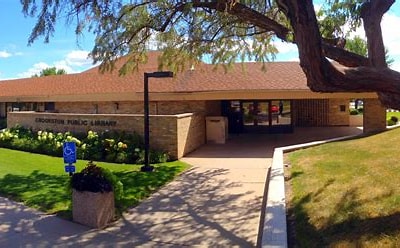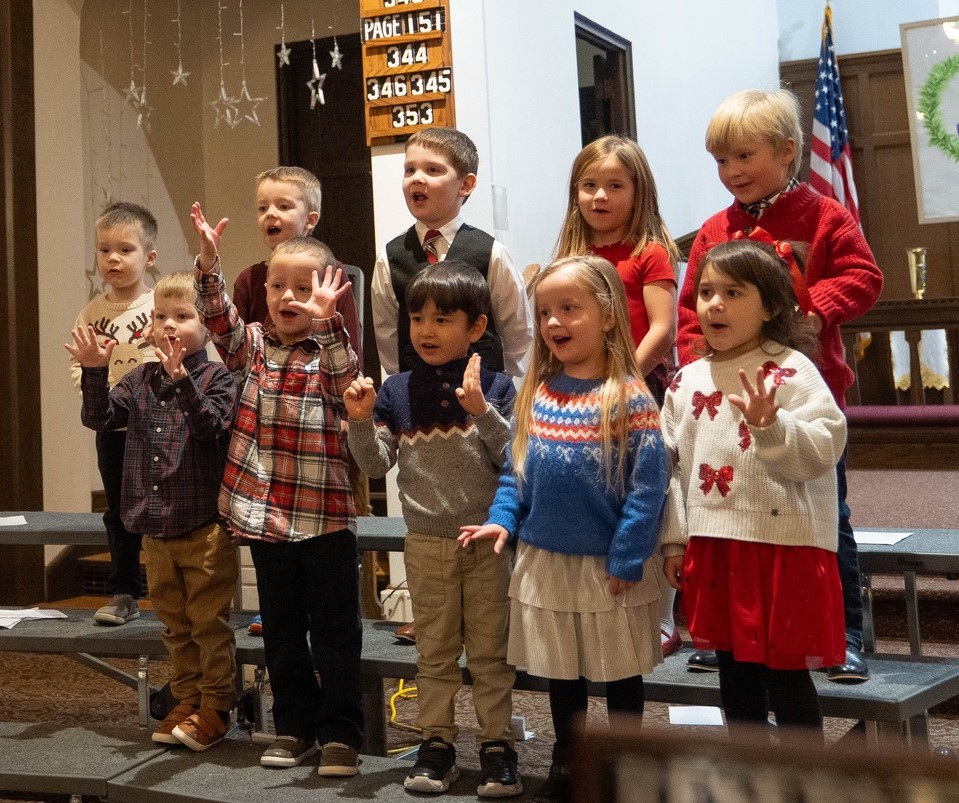A new department structure designed to help better respond to student and workforce needs is taking shape at the University of Minnesota Crookston (UMC). A move to two large academic units from the current four-department arrangement will better serve the more than 1,800 students enrolled on campus and online at UMC.
Creating the larger, more complex organization will be more in line with UMC’s peer institutions and allow for a more sophisticated and comprehensive academic structure. These two new larger units, which are yet to be named, will consolidate Agriculture and Natural Resources with Math, Science, and Technology. Business will be joined with Liberal Arts and Education, and within each unit, there will be 3-5 smaller departmental areas.
The shift in structure locates the 36 majors in two units devised to allow greater faculty autonomy and responsibility related to both academics and curriculum. It also will engage the heads of academic units more fully in efforts around program enhancement and development, faculty professional development, student success strategies, and more.
“We have worked to create a process that is transparent,” says Chancellor Mary Holz-Clause. “We relied on input from faculty, student affairs educators, staff, and students.”
The campus also has been making significant upgrades to enrollment practices aimed to grow enrollment and strengthen graduation rates. These new recruitment efforts include refined marketing, more strategic use of financial-aid dollars, and enhanced programming for admitted students.
“We are excited about what these changes will mean for our students,” says Vice Chancellor John Hoffman. “Research shows our “Small campus. Big degree.” branding is strong. Now, we are looking beyond to ways we can market specific majors and programs that really make this campus special.”
Background
Almost two decades ago, the campus included five departments: Arts, Humanities and Social Sciences, Agriculture, Business, Mathematics, Science, and Technology, and Natural Resources before the Agriculture Department and Natural Resources Department were combined in 2009.
Over its history, the campus has been known for its willingness to meet the educational demands of the time—first as an agricultural high school, and later as a two-year technical college, and since 1993, as a baccalaureate degree-granting institution providing laptops to students and faculty.
“We pride ourselves on our ability to adapt to a changing educational environment,” says Chancellor Holz-Clause. “We will continue to set our sights on meeting the needs of the students we serve at the highest level possible as a part of the University of Minnesota System.”
Tags:



